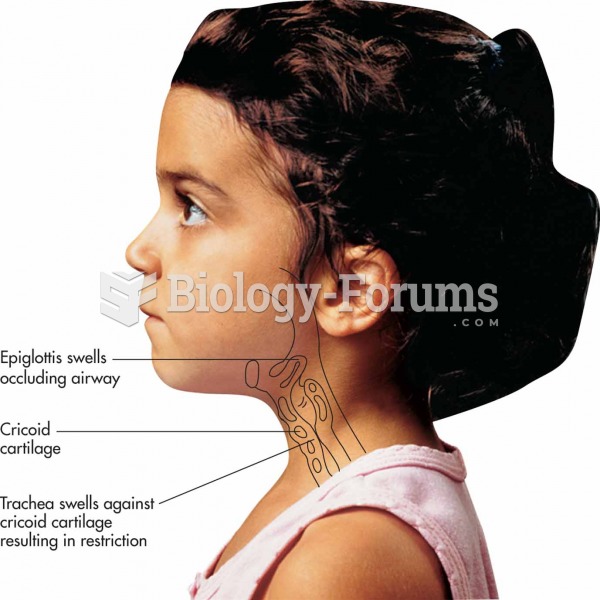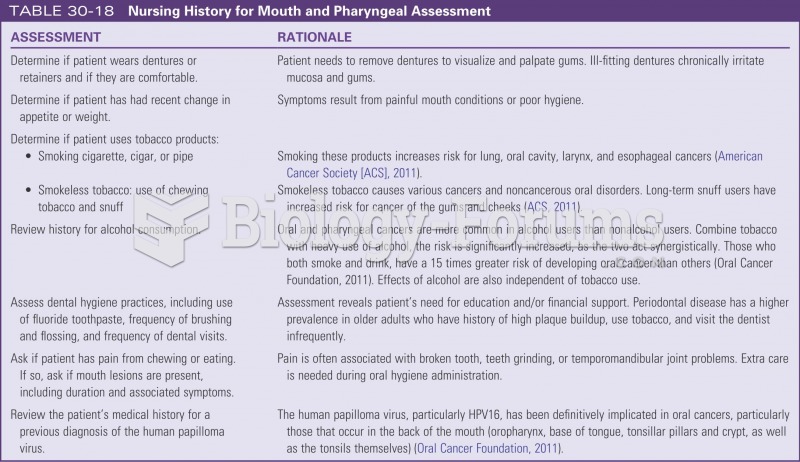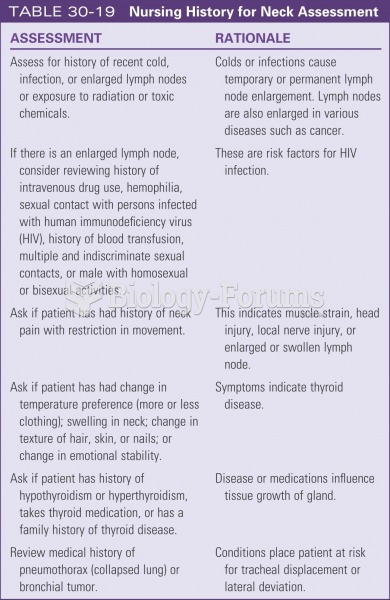Answer to Question 1
- In 1969, homosexuality was against the law in the United States and most other countries. The prohibitions went so far as to include a ban on serving alcohol to homosexuals. At that time, the Stonewall Inn in New York City was one of the few night spots where gay people could meet each other, flirt, hang out together, order drinks, dance, and just be uninhibited or romantic. Once a month or so, the police would raid the bar, rough up and ridicule the patrons, make numerous arrests, and cart large numbers of patrons away to jail in police vans.
- June 27, 1969 was just another evening at the Stonewall Inn. No one knows why, but when the police once again raided Stonewall in the early morning hours of June 28, the patrons fought back. They were fed up with being harassed, beaten, and arrested for simply being who they were. They began yelling at the police to get out and leave them alone. As the police punched, dragged, and otherwise forced the patrons out into the street toward the paddy wagons, the yelling turned into fist fighting, and then beer bottles and garbage cans were hurled at the police. Crowds began to gather outside the bar, and more people, seeing the patrons being victimized, joined the fight against the police. Astonished that these kinds of people would actually fight back, the police drew their guns and called in SWAT teams in full riot gear. Remarkably, by the time the dust cleared, no one had been killed or seriously injured, but the course of gay history had been changed forever. As word of the Stonewall riot spread, gays and lesbians across the country were emboldened to resist and even fight the prejudice and discrimination they had endured for so long. Four months after the riot, both Time and Newsweek ran cover stories on homosexuality in America, gay be-ins began to be held in New York's Central Park, and the gay rights movement had been born.
- Today, the Stonewall Inn still stands, although now as a men's clothing store. Most historians trace the true beginning of the now powerful gay rights movement to the Stonewall riot of 1969. Each year, parades and other celebrations are held around the end of June in nearly every large city in the United States commemorating the Stonewall Inn riot and the antidiscrimination campaign it started.
Answer to Question 2
Answer: A
 Two important changes occur in the upper airway in croup:The epiglottis swells, thereby occluding th
Two important changes occur in the upper airway in croup:The epiglottis swells, thereby occluding th
 In countries where water can be contaminated, breastfeeding is an important option for the health of ...
In countries where water can be contaminated, breastfeeding is an important option for the health of ...





